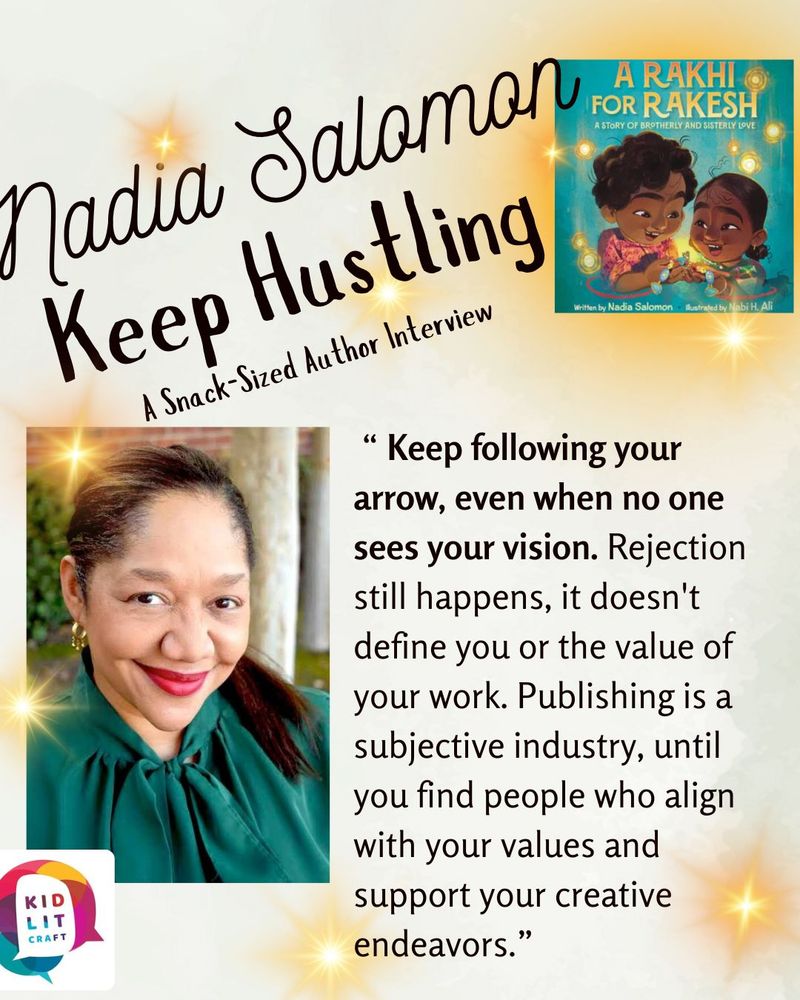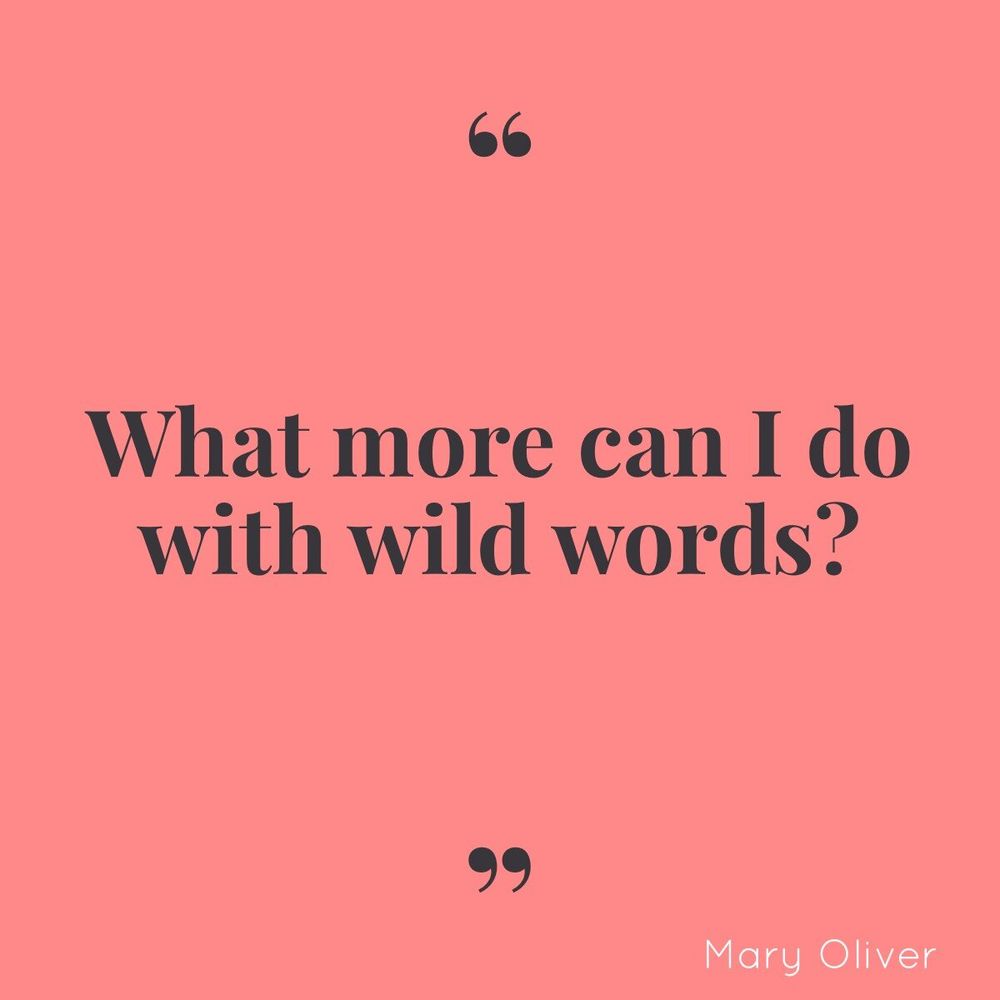KidLit Craft
@kidlitcraft.bsky.social
200 followers
210 following
290 posts
a resource for children's book writers. podcast. classes. craft articles.
https://www.kidlitcraft.com/links
Posts
Media
Videos
Starter Packs
KidLit Craft
@kidlitcraft.bsky.social
· Jul 23

Thieves' Gambit, Ep. 10: Chapter and Scene Pacing — KidLit Craft
Pacing scenes and chapters in an action/thriller might seem to be all about how to move through the story as fast as possible, but in this episode Anne-Marie and Erin focus on controlling the pace, why you want slower moments, and how to move fast without sacrificing clarity or emotional resonance.
www.kidlitcraft.com
KidLit Craft
@kidlitcraft.bsky.social
· Jul 23
KidLit Craft
@kidlitcraft.bsky.social
· Jul 23
KidLit Craft
@kidlitcraft.bsky.social
· Jul 23
KidLit Craft
@kidlitcraft.bsky.social
· Jul 23
KidLit Craft
@kidlitcraft.bsky.social
· Jul 23
KidLit Craft
@kidlitcraft.bsky.social
· Jul 23
KidLit Craft
@kidlitcraft.bsky.social
· Jul 16
KidLit Craft
@kidlitcraft.bsky.social
· Jul 16
KidLit Craft
@kidlitcraft.bsky.social
· Jul 16
KidLit Craft
@kidlitcraft.bsky.social
· Jul 16
KidLit Craft
@kidlitcraft.bsky.social
· Jul 16
KidLit Craft
@kidlitcraft.bsky.social
· Jul 16
KidLit Craft
@kidlitcraft.bsky.social
· Jul 11
KidLit Craft
@kidlitcraft.bsky.social
· Jul 11









